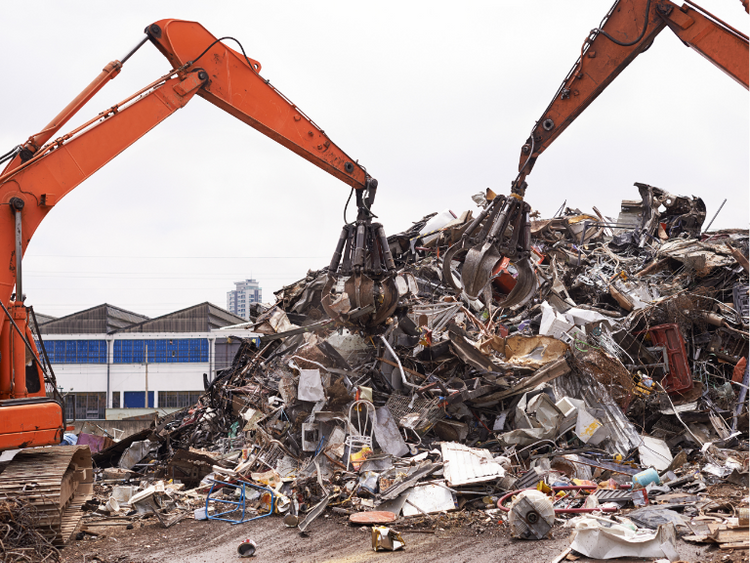Analysis

March 11, 2020
Labor Department Excludes Construction from Apprenticeship Programs
Written by Sandy Williams
The Department of Labor announced its final rules for the Industry-Recognized Apprenticeship Programs with the glaring exclusion of programs for the construction industry.
“It remains troubling that the administration has wasted so much time, energy and political capital in creating a new apprenticeship program that is both deeply flawed and fails to address construction workforce shortages,” said Stephen Sandherr, CEO of the Associated General Contractors of America. “Instead of deciding to exclude construction, the administration should have found ways to make it easier to establish the kind of rigorous, high-quality, construction apprenticeship programs that exist in some, but far from every, part of the country.”
Secretary of Labor Eugene Scalia says the IRAP establishes “a flexible, innovative way to quickly expand apprenticeship in telecommunications, health care, cybersecurity, and other sectors where apprenticeships currently are not widely available.”
Although the department received numerous requests for inclusion of programs for the construction industry, it decided to exclude participation on grounds that such apprenticeships are already well-established in the construction sector.
“The Department’s goal in this rulemaking is to expand apprenticeships to new industry sectors and occupations,” said the Labor Department in its report. “Registered apprenticeship programs are more widespread and well established in the construction sector than in any other sector. Further, commenters raised concerns about allowing IRAPs in the construction sector in particular. In light of the purpose of this rulemaking, there is no need to take the risk, whatever the magnitude, of disrupting or displacing registered construction programs.”
Sandherr disagreed, stressing that all apprenticeship programs should be treated the same by the federal government.
“If the administration should ever seek to expand apprenticeship opportunities for construction, we urge it to ensure that all apprenticeships are set up on a level playing field,” said Sandherr. “In particular, all apprenticeship programs should qualify for the same federal funding or be excluded from the same federal funding. The administration also needs to ensure that all apprenticeship programs are required to have equal rigor.”
The construction industry has long advocated for increased training to replenish its declining workforce. AGC has called on Congress and the Trump administration to boost funding for career and technical education, expand Pell Grant eligibility and enact immigration reform to help address labor shortages.
In the 2020 Sage Construction Hiring and Outlook Survey, 81 percent of construction firms said they are having a hard time filling salaried and hourly craft positions. Worker quality and worker shortage were cited as the top two national concerns for the industry. The need for more qualified workers was highlighted in January when the construction unemployment rate hit a 21-year low of 5.4 percent.







